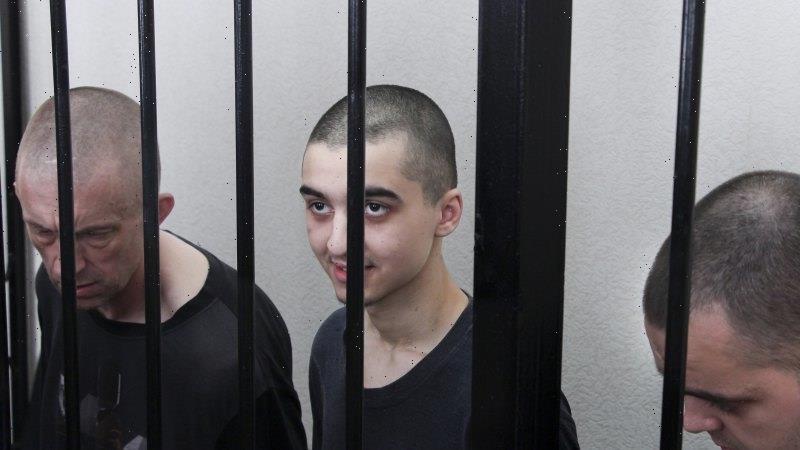Murder mystery is having a moment.
Maybe it’s because the pandemic has us glued to our couches, hankering to solve puzzles. Maybe it’s because the weekly episode drops have overtaken the once-dominant binge format. Maybe it’s because in 2019, “Knives Out” grossed more than $300 million at the global box office and Adam Sandler’s “Murder Mystery” broke Netflix’s opening weekend records.
The past few years alone saw the rise of premium streaming mysteries “The Afterparty,” “Mare of Easttown,” “Only Murders in the Building,” “The Undoing” and “The Flight Attendant” — as well as genre subverters “Murderville” and “The White Lotus.”
While the reason why this genre is dominating our television sets and Twitter feeds is perhaps a mystery in itself, showrunners of the season’s top shows attribute their successes to the golden era of streaming, the rise of premium television and — according to “The Afterparty” creator Chris Miller — the “timeless human desire to find answers to important questions.”
Miller originally intended “The Afterparty,” first conceived a decade ago, to be a movie, until he realized it would work better as a series so audiences “could spend more time with each character and get deeper inside of their heads.” It just so happened that the show coincided with the resurgence of weekly episode drops, replacing the once-dominant binge format.
“The binge model squelches conversation rather than fosters it, while the weekly model encourages people to guess and talk about clues and debate with each other, because everyone’s in the same place,” he says.
It can also lead to a snowball effect in viewership. “Mare of Easttown” was a major beneficiary of the weekly model, with its finale scoring 4 million viewers over the weekend — a series high — and setting an HBO Max record for the most-watched episode of an original series during its first 24 hours of availability.
“Because there was a week between each episode, the anticipation and word-of-mouth would build, and by the fifth episode, we felt, ‘Wow, this really has caught on,’” creator Brad Ingelsby says of the series, which took home four Emmys last year. “The weekly model also allows you to spend more time with the characters. You spend over seven weeks with Mare, and hopefully you think about her at some point in the middle of the week, too.”
Erica Saleh, showrunner of Peacock’s detention-set whodunnit “One of Us Is Lying,” credits the recent “move toward shorter seasons” for contributing to the murder mystery boom. While popular network series used to span around 22 episodes per season, streaming has encouraged more focused and concise installments.
“Eight to 10 episodes is enough to develop your characters and give the audience plenty of twists and turns, but not so many that you find yourself having to manufacture plot and red herrings just to make it to the end of the season,” Saleh says.
Ingelsby also points out that the rise of premium streaming means Hollywood’s biggest actors and storytellers are drawn into the world of television.
“You have this thing that people have always wanted, but now they’re getting to see it with Kate Winslet or Nicole Kidman or Amy Adams. It’s putting a fresh coat of paint on an old genre.”
Perhaps addressing the elephant in the room, “Only Murders in the Building” co-creator John Hoffman points to the pandemic for increasing viewership and fostering a “communal experience” around TV.
“As isolating as it was, we were connecting in ways through our media,” he says. “God knows we were also a little bit bored. So anything that sparked interest for ourselves at home and created discussion… I think that intensified that natural inclination to get involved in a good yarn.”
Source: Read Full Article


